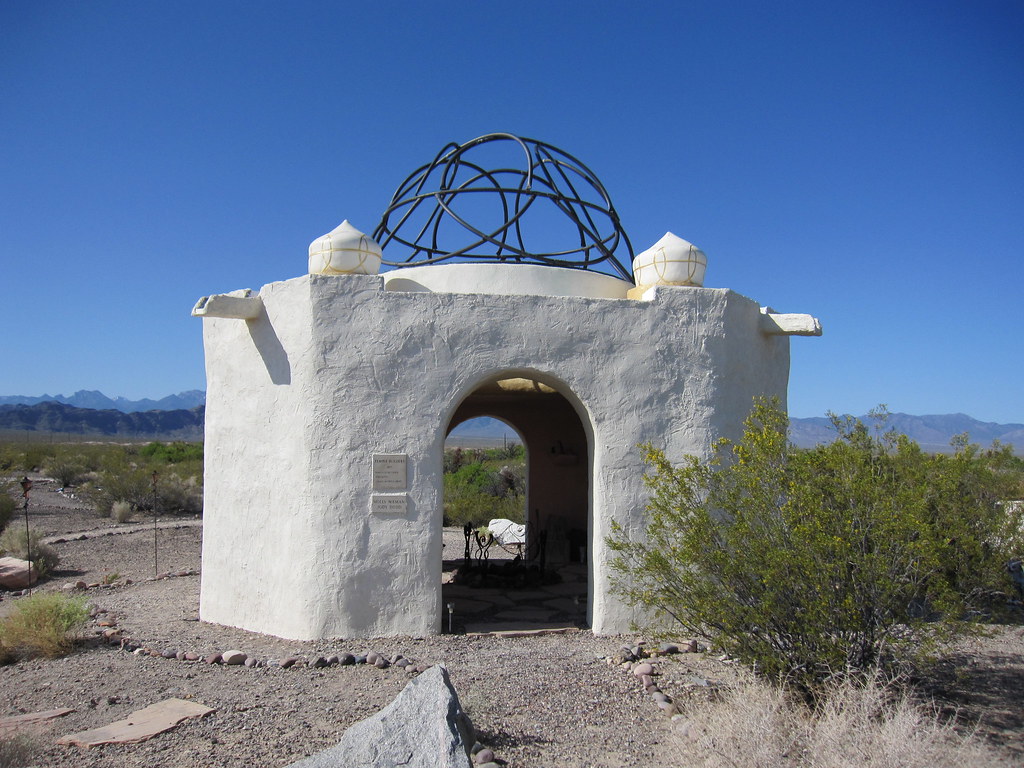The previous article about Spanish punctuation embedded in various place names in the United States made my mind wander to the Desert Southwest. Then it led me down a mental tangent related to cacti for some unknown reason. As I daydreamed, I considered, perhaps I should examine places named cactus. There weren’t many, and even the larger ones seemed rather obscure and perhaps even a tad unusual. That’s just as we like it here on Twelve Mile Circle.
Cactus, Texas
Well, how many towns had their own signature song? Large cities often attracted musical attention. However, the level of interest generally waned proportionally farther down the population tally. Yet, Waylon Jennings recorded “Cactus Texas” in 1996. Why Cactus? Maybe for the same reason the name attracted me; I thought of tumbleweeds and dust. Only an overlooked community on an arid plain could ever do justice to the Cactus name. Feel free to turn the music on in the background as I take a look around town.
The Handbook of Texas from the Texas State Historical Association included an entry on this particular Cactus (map).
It began as a company town to produce ammunition for World War II. The Cactus Ordnance Works, one of the largest plants in the county, was established there as a government project by the Chemical Construction Company in May 1942… the cactus and other prickly plants were cleared, and huge dormitories were hastily erected to house construction workers.
Cactus fared worse after the war. Even so, various companies continued to produce a range of chemicals at the old ordnance works until the early 1980’s. The population shrank to a few hundred people for a time although it rebounded to about 3,200 residents — larger than ever — by the 2010 Census.
Cactus Springs, Nevada

Some would consider Cactus Springs (map) just another isolated settlement in an otherwise empty desert. Well, except for The Temple of Goddess Spirituality Dedicated to Sekhmet. It sprang from the creativity of a single individual, Genevieve Vaughn,
“Highway 95 runs down the middle of the flat Mojave Desert valley in Nevada. Driving east from Beatty, the tiny oasis of Cactus Springs is the first inhabitable spot for sixty miles. It was at this site in 1993 that I dedicated a temple to the Goddess Sekhmet. I feel blessed to be able to give a gift to a goddess who for centuries has not had temples built in her honor.”
The full account exists at Herstory of Sekhmet Temple in Nevada.
Cactus Flat, South Dakota

Cactus Flat was F-L-A-T according to the Geographic Names Information System. Nonetheless, many times I saw it rendered in its plural form. Either way, it clung to the edge of South Dakota’s Badlands.
Places that survived out here often sustained themselves by finding a gimmick to attract tourists heading into the nearby park. Of course they all followed in the hallowed marketing tradition of the renowned Wall Drug. And naturally Cactus Flat had its own scaled-down Wall Drug knock-off, The Ranch Store of the Badlands.
“The feature event at The Ranch Store is the same as it was fifty years ago – a large prairie dog colony to the north of the store, where one can walk among the dogs and toss them a snack of unsalted peanuts. Standing fortress to the entire colony is, of course, the six-ton Prairie Dog.”
Thus a giant prairie dog (map) came to define diminutive Cactus Flat.
Cactus Beach, South Australia
Cacti may be native to the Americas(¹) although an inconvenient geography couldn’t prevent the name from appearing in unexpected corners elsewhere. I found Cactus Beach (map) in South Australia. It was reputed to be one of the best surfing destinations available.
“Cactus itself was actually called Point Sinclair and was given its current name by the first guys who drove up there, looking for surf. Well, when they first saw it, the surf was pretty poor and someone said, ‘this place is cactus!’ meaning no good and boy, how wrong they were, as Cactus is now regarded as one of the best breaks in Oz!”
I’m almost afraid to mention Cactus Beach and let people know it exists. A recent news report said,
“The waves at Cactus Beach were only discovered in the 1960s, but it has been a prickly issue ever since. Some locals have been trying to keep the secret to themselves. Directions are difficult to find, with signs pointing to the beach being scrubbed off and the more recently torn down.”
So don’t go there to surf. Just note the succulents and move on.
12MC Loves Footnotes!
(¹) Cacti are native to the Americas with the exception of a single species, Rhipsalis baccifera, more commonly called the Mistletoe Cactus. That’s your trivia for the day.

Leave a Reply